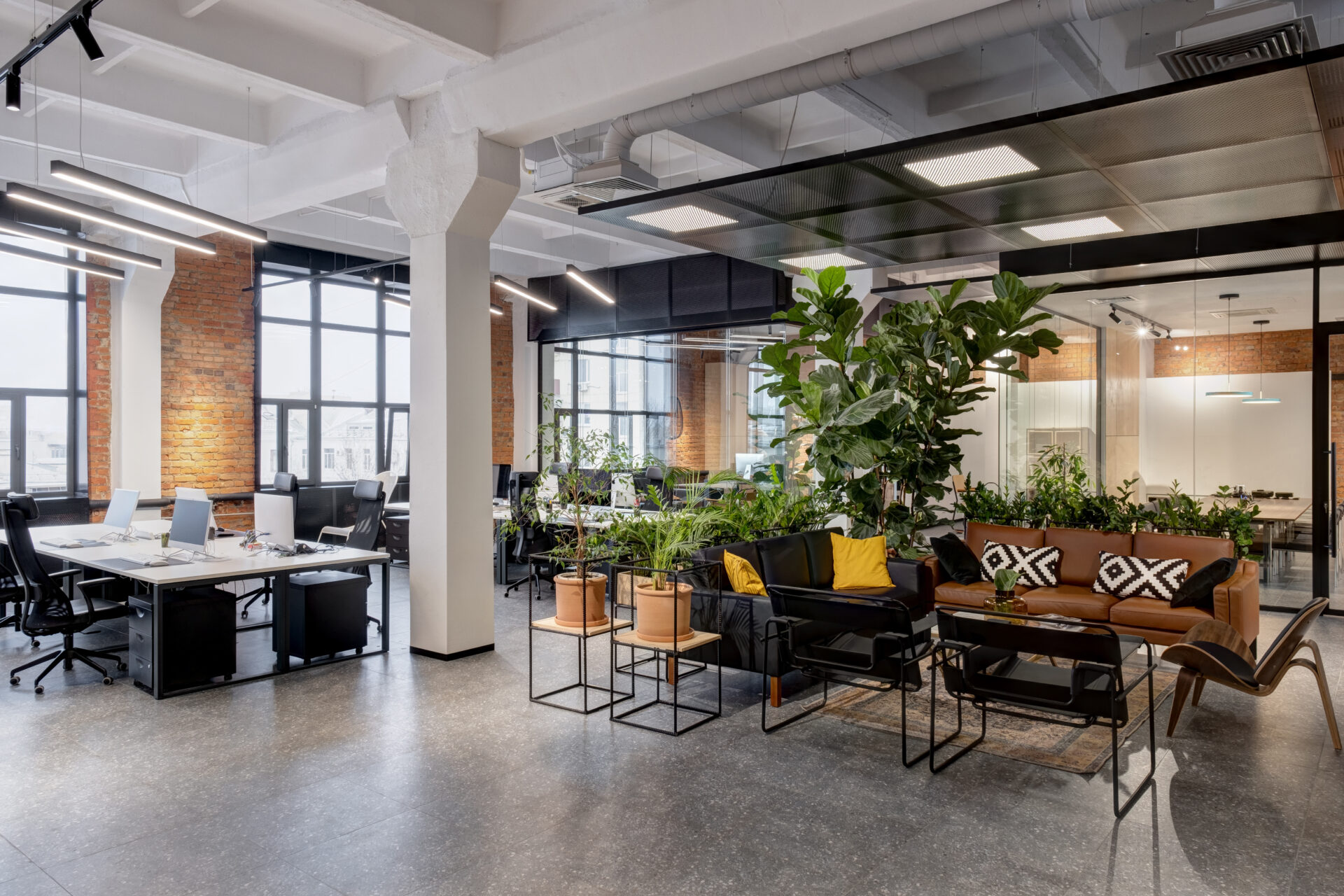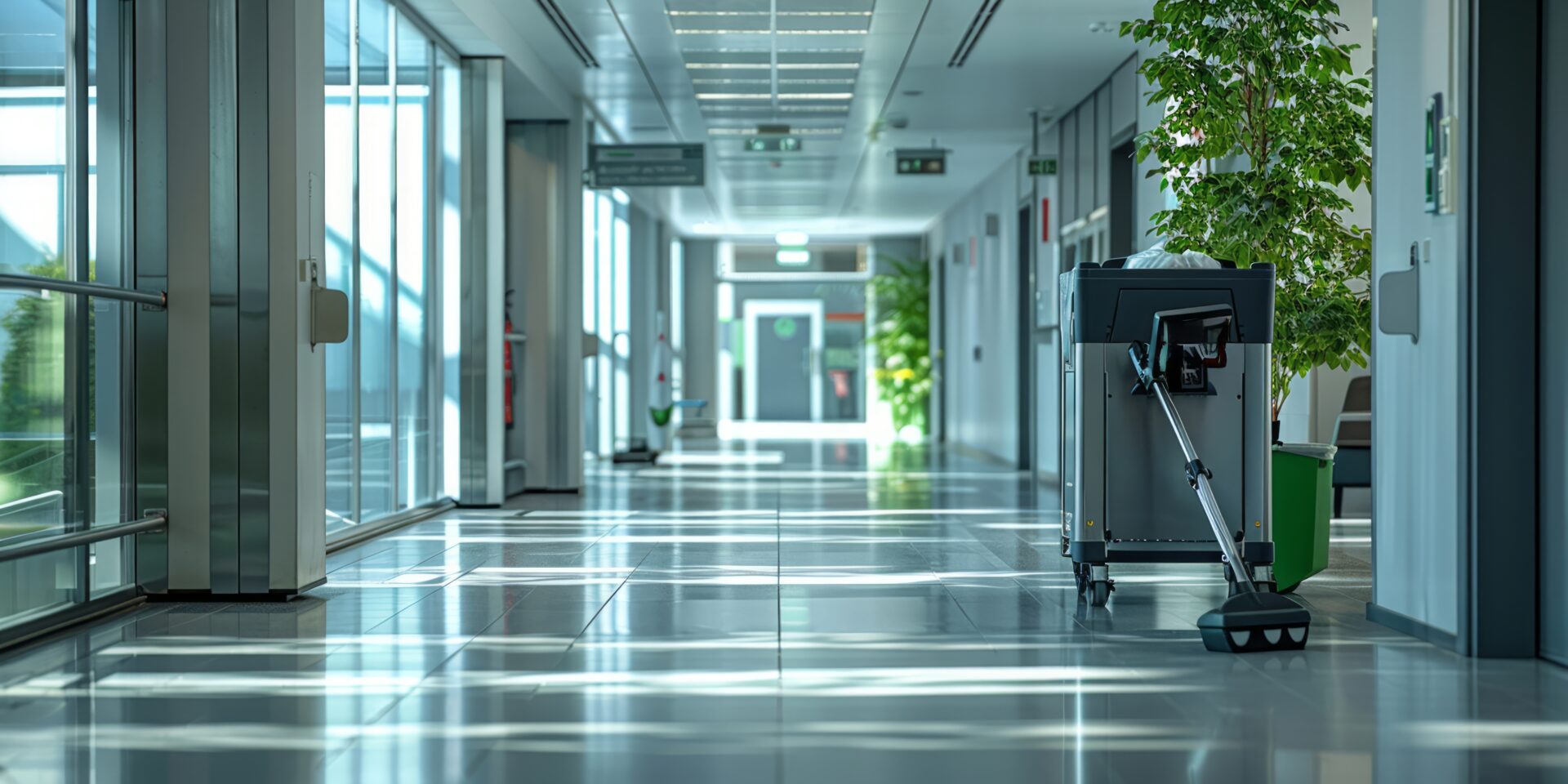
How Sensing Technologies Can Make Buildings More Responsive
Did you miss our most recent webinar on the five ways sensing technologies can make buildings healthier and more productive?
In this session, R-Zero’s Vice President of Product Marketing, Uri Kogan, explores how implementing a broad sensor program that captures presence detection, occupant count, air quality, and environmental quality monitoring can be an effective tool for adapting your building for new uses in real-time, and over time.
No time to watch the webinar? Here’s a recap of key takeaways.
Using sensing technology in buildings helps increase efficiency and performance
Sensors offer a way to adapt a building for new uses in real-time without expensive retrofits. Transforming stale office environments into modern, collaborative, and dynamic spaces, is one example. Currently, there is a growing need for responsive buildings that can adapt to changes in work models, workforce demands, operational priorities, and rising energy costs. By adopting sensing technologies in outdated building structures, we can help address the fast-paced nature of people’s evolving needs for these spaces without taking on slow-paced and costly construction projects.
“Buildings change slowly, but our needs, and the way that we live our lives changes constantly. Hybrid work, labor shortages, rising energy costs. In that kind of world, we need more responsive buildings.”
Occupancy sensing improves space effectiveness and energy savings
Sensing technology can help maximize space utilization and improve energy efficiency in buildings through the monitoring and analysis of occupancy data. For example, capturing presence detection and occupant count in a building can provide valuable insights for space planning and space management teams. Understanding where people spend the most time, or the least amount of time in a building, results in opportunities to improve how those spaces are used, organized, and maintained over time.
Sensing technology aids in measuring the risk level of indoor conditions
Sensing technologies can also be an effective tool for measuring indoor health and deploying risk management strategies in buildings. By blending occupancy and indoor air quality data, building management teams can monitor and act on risk levels in real-time to make informed decisions about safety protocols and cleaning routines.
“There are many benefits to taking a holistic approach to sensing technology. In measuring occupancy and indoor air quality together, we can understand how many air changes per hour are happening in a space, based on measures like CO2. Then, we can compare that to the number of people in the space, the occupancy count, to understand if the air changes per hour are appropriate relative to the number of people present. Sometimes it might be too low, and in those cases the risk is going to be higher, so action must be taken.”
A sensing maturity model can help organizations assess their current state of sensor implementation and set goals for future development. In an upcoming blog, we’ll cover how to identify where your organization sits in the sensing maturity model and opportunities to maximize your space based on that knowledge.
More posts you might like
-

The importance of indoor air quality testing in office buildings
In today’s workplace, ensuring a healthy and productive environment for employees is crucial. One of the most significant factors influencing workplace well-being is indoor air quality (IAQ). As part of our focus on smart buildings, R-Zero offers advanced indoor air quality testing solutions like the R-Zero IAQ Monitor, designed specifically for enhancing occupant comfort and […]
-

What is Smart Cleaning & How Can it Benefit My Healthcare Facility?
Did you miss our recent webinar on how smart cleaning can help optimize healthcare facilities for people, energy, and sustainability? During the webinar, our healthcare experts covered insights and case studies exploring how data-driven strategies are enhancing hospital cleaning protocols, resulting in optimized EVS staff productivity, faster patient room turnaround, and more effective cleaning of […]
-

The Value of Improving Indoor Air Quality in Buildings
Understanding and improving indoor air quality is important because it ensures your indoor spaces are providing adequate ventilation and keeping building tenants comfortable, productive, and healthy. Indoor air quality monitoring is also a strategic tool that can help you reduce unnecessary energy costs tied to overrunning your HVAC systems to increase ventilation in your spaces. […]